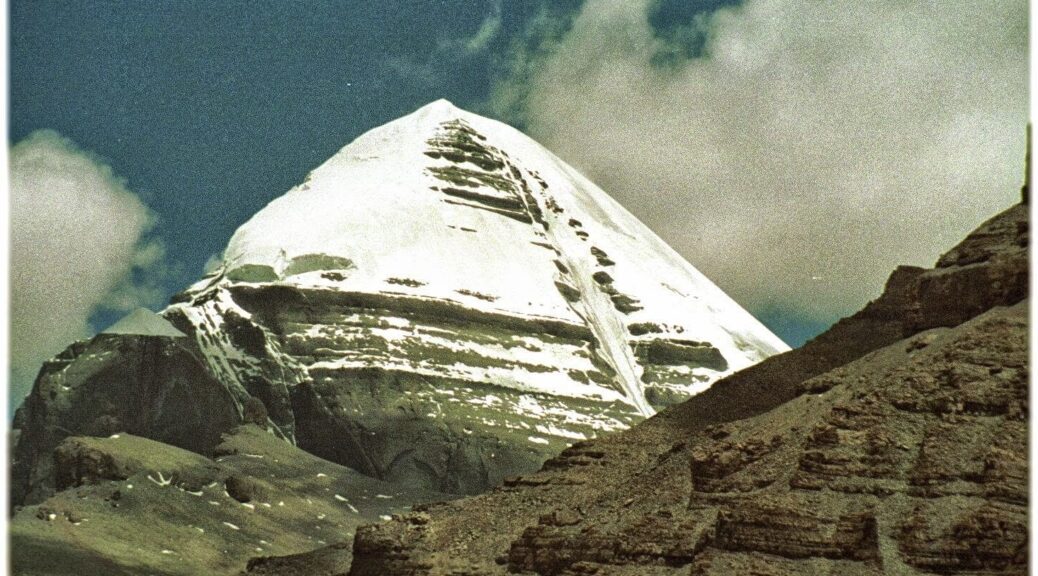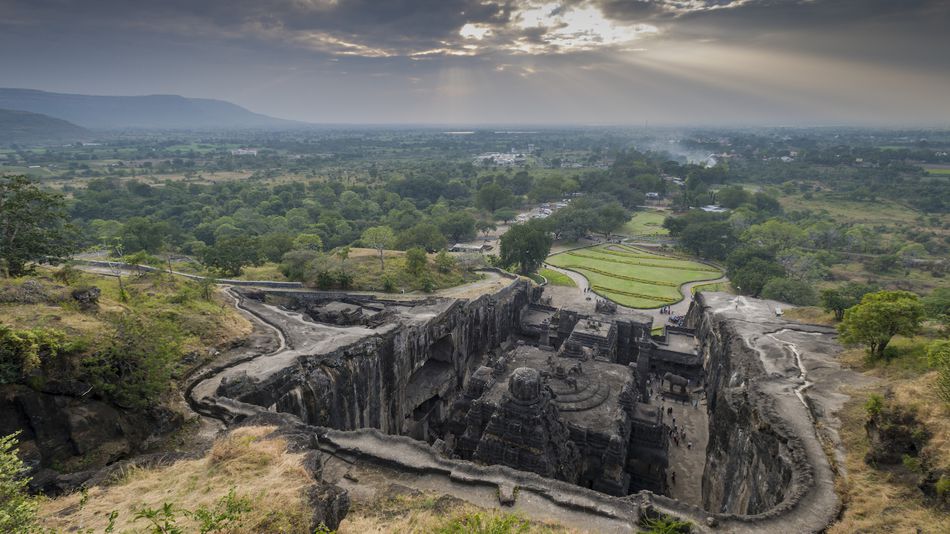6th century Gold Coin Discovered in Southern India
The Times of India reports that a sixth-century gold coin measuring less than one-half inch in diameter was unearthed in the Agaram neighborhood of southern India’s city of Chennai.
One side of the coin bears a U-shaped symbol called a Naaman, a religious mark usually placed on the forehead, he explained. This side of the coin also bears an image that looks like the sun, with a figure of a lion below it, he added.
According to the leading Tamil weekly magazine, ‘Anantha Vikatan’, the gold coin found during the excavation seems to be 6th century AH coins.

In Keezhadi, the outskirts of Madurai and the border of Sivagangai district, now the 6th phase of excavation is going on, this was inaugurated by the state Chief Minister Edapadi Palanisami before lockdown on February 19, 2020.
During the lockdown period, the excavation work was halted which has been now started again.
Archeological activist Gemini Ramesh told the Tamil weekly that 6th Century Syrian Gold Coin was found under the earth at Elandhakkarai near Kalaiyar Koil, Sivagangai district of Tamil Nadu.
The unearthing of the gold coin shows the advent of Islam very early in the Madurai area.
The Keeladi findings have led academics to describe the site as part of the Vaigai Valley Civilization. Pieces of evidence of civilization before 2300 years have been found here in Keezhadi a few years back. That is why the excavation has been going on since 2015.
Mohamed Yusuff, Madurai resident who is a lawyer by profession, told Times Now that Islam arrived in Madurai even before Malik Kafur’s invasion of Madurai in the 14th century.
Quoting History professor R Venkataraman, Yusuff said even before the advent of Islam, Arabs maintained trade links with South India, especially for the pearls the Madurai Pandya Kingdom was famous for.
“Sufis, Muslim saints, started coming to Tamil Nadu by 900 AD. The entry of Islam to the region was peaceful as Sufis conceived God as love,” he said.
According to Venkataraman, the short-lived Madurai Sultanate and Islamic influence did have their impact on the city, especially on warfare and town planning.
“Muslim rulers introduced arch construction they learned from the Romans. It changed the style of architecture here in a significant way.”
Yusuff further said that his home is situated at the riverbank of Vaigai and the excavation sites his not far away from his locality.
Meanwhile, the excavation work has been revived after the lockdown was lifted in the area. He hoped that many things related to Islam’s early presence would be uncovered during the excavation.




















